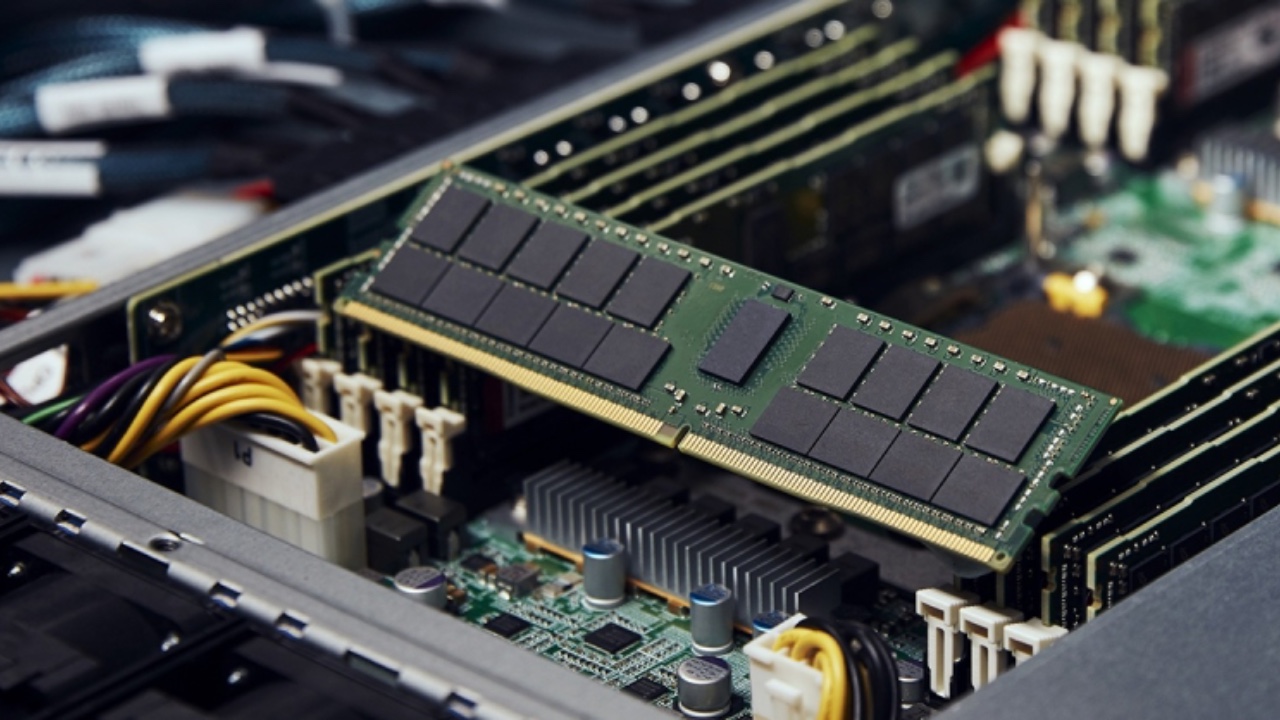SoftBank’s decision to approve the next tranche of funding for OpenAI, topping up a mammoth $30bn investment, is much more than just capital news. It is a symbolic end to the first romanticised era of artificial intelligence. The key news lies not in the amount itself, but in the condition on which it is conditional: the corporate restructuring of OpenAI to pave the way for an eventual initial public offering (IPO).
This condition is the starting signal for the inevitable commercialisation. And commercialisation, in a world as capital-intensive as AI, means one thing: the end of subsidised pricing.
Managers must face the new reality. This news heralds the end of cheap experiments with AI. The era of hard business is beginning, in which a market price will have to be paid for access to the most advanced models. And that price will grow.
From non-profit mission to Wall Street pressure
We need to understand the fundamental change that is taking place at OpenAI and, behind it, in the market as a whole. Founded as a non-profit research lab with a mission “to ensure that artificial general intelligence (AGI) benefits all of humanity”, OpenAI has long since created a hybrid capped-profit structure to accept capital.
However, the demand for restructuring under an IPO is a whole new chapter. The stock market and quarterly reports to shareholders do not tolerate ‘limited profits’. The goal of a public company becomes to maximise shareholder value.
Investors like SoftBank are not putting up $30 billion for philanthropic reasons. They expect a return, and a return commensurate with the astronomical risk. This return must come from customers. The billion-dollar cost of research, the purchase of Nvidia processors and salaries for top talent, hitherto partly subsidised by investors and partners (such as Microsoft), will now be fully passed on to the market.
In short: the days of AI ‘on credit’ are coming to an end. The bill has just arrived, and corporate users will pay.
Domino risk: how the market leader dictates prices
The fundamental business risk is not just that the prices of one*supplier – OpenAI – will rise. The risk is the knock-on effect.
OpenAI is the undisputed market leader. The GPT-4 and its successors set the global performance standard (benchmark). In economics, this is called price leadership. When the market leader, dictating quality, raises prices, it sends a powerful signal to the rest.
Competitors such as Google (with its Gemini model) and Anthropic (with its Claude model) face exactly the same gigantic costs of research, computing power and talent. The current ‘price war’ in the AI market is artificial – it is a fight to gain market share, not a reflection of real costs.
As soon as OpenAI, feeling pressure from new investors and preparing for an IPO, raises prices for tokens or API access, it will thereby give ‘permission’ to the entire market. Google and Anthropic will have no business reason to keep prices lower when they can follow the lead and finally start making money from their expensive models.
For business, this means that the entire market for ‘AI brains’ – regardless of the chosen supplier – will become more expensive.
AI as a growth operating cost
AI should not be viewed in terms of a one-off IT project or an experiment in the innovation department. AI is rapidly moving from an investment budget (CAPEX) to an operating budget (OPEX). It becomes a variable cost, directly linked to the scale of operations, just like electricity consumption or the cost of cloud hosting.
And therein lies the strategic threat. What does it mean for a company if a key operating cost, on which new products, customer service and internal efficiency depend, is not only high but volatile and rising?
Firstly, it directly hits profitability and margins. Business models based on the assumption of cheap access to AI can become unprofitable from quarter to quarter. A product that was profitable at X price per million tokens may start generating losses after a 50% increase in API prices.
Secondly, it nullifies budgetary predictability. How is management supposed to plan multi-year digital transformation strategies, basing key processes on a technology whose cost may rise uncontrollably? This introduces chaos into financial planning and resource allocation.
Third, it creates a painful conflict between innovation and cost control. Leaders will be faced with a choice: do we continue to use the best, latest (and now most expensive) models to maintain our competitive advantage or, in order to save margins, do we have to ‘go lower’ – to cheaper, older or less efficient models, thereby consciously reducing the company’s innovation potential?
Dependency risk management
This is no longer a technical problem that can be delegated to the IT department. This is a fundamental business risk that must be managed at board level.
The pressure to commercialise OpenAI is a signal to every leader that an all-on-one vendor lock-in strategy is dangerous in the AI era. Making key business processes dependent on the APIs of a single company that is just embarking on a profit-maximising path could prove to be a strategic mistake.
SoftBank’s investment is a milestone. It ends the trial period. The full price will have to be paid for access to the AI revolution. The management’s job is to make sure this bill does not ruin the company’s business model.












